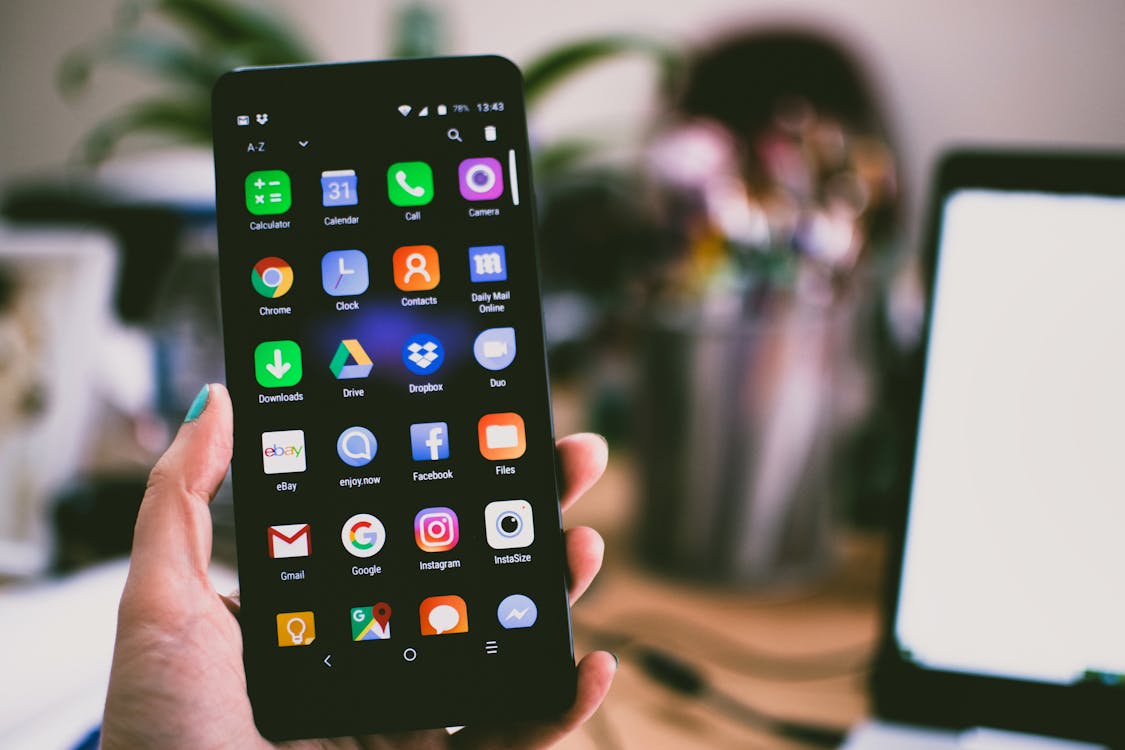I stared at the $1,200 price tag for the latest flagship phone, then at my two-year-old device with its cracked screen. For years, this moment would have meant one thing: upgrade. But something felt different this time. Instead of reaching for my wallet, I visited a local repair shop. Forty-five minutes and $89 later, I had what felt like a new phone—and the beginning of a personal revolution against planned obsolescence.
The repair movement is quietly transforming how we think about our devices. From "Right to Repair" legislation gaining global traction to repair cafes popping up in every major city, consumers are pushing back against the upgrade cycle. What started as an environmental movement has become a practical revolution that could save you thousands while reducing electronic waste.

The Staggering Cost of Constant Upgrades
We've been conditioned to believe that newer always means better, but the numbers tell a different story. According to Statista research, the average smartphone replacement cycle has extended from 2.5 years in 2016 to 3.7 years today—and not just for financial reasons.
- The average flagship phone now costs over $1,000
- Electronic waste is the fastest-growing waste stream worldwide
- 52% of consumers repair rather than replace damaged devices
- Battery replacement can extend phone life by 2-3 years for under $100
Common Repairs That Beat Buying New
Battery Replacement: The Ultimate Value
After two years, most phone batteries degrade to 80% capacity or less. A $60-$90 battery replacement can make your phone feel new again, often doubling its usable life.
Screen Repair: Beyond Cosmetic Fix
Modern screen replacements often include new seals and sometimes even improved display technology. Many repair shops now use OEM-quality parts that match original performance.
Camera Module Replacement
Instead of upgrading for better cameras, some users are replacing individual camera modules—a $120 fix that delivers 80% of the benefit of a $1,200 new phone.
The Right to Repair Movement: What It Means for You
Legislative changes are making repairs easier and more affordable. The Right to Repair movement has scored major victories that directly benefit consumers:
- Manufacturers must provide parts and repair manuals to independent shops
- Warranty protections even when using third-party repair services
- Standardized parts making repairs more accessible
- Software locks preventing repairs are being outlawed

DIY vs Professional Repair: Making the Right Choice
Not every repair should be a DIY project. Here's when to tackle it yourself and when to call the pros:
DIY-Friendly Repairs
Leave to Professionals
Manufacturer Repair Programs Compared
Major manufacturers have launched repair programs with varying approaches:
Apple Self Service Repair
Samsung Repair Program
Google Pixel Repair
The Environmental Impact: More Than Just Savings
Choosing repair over replacement has environmental benefits that extend far beyond your wallet:
- Manufacturing a new phone generates 85% of its carbon footprint
- Repairing extends device life, reducing e-waste significantly
- Mining fewer rare earth minerals preserves natural resources
- Reduced packaging waste from new device shipments

When Repair Doesn't Make Sense: The Exceptions
Repair isn't always the right choice. Consider replacement when:
- Multiple major components need simultaneous replacement
- Security updates are no longer available for your device
- Performance limitations prevent essential tasks
- Repair costs exceed 50% of device replacement value
The Future of Phone Repair: What's Coming Next
Repair technology is evolving rapidly, making fixes easier and more accessible:
- Modular phones with easily swappable components
- Self-healing materials that repair minor scratches automatically
- AI diagnostics that identify issues before they become critical
- 3D printing of replacement parts becoming mainstream
Conclusion: Join the Repair Revolution
My $89 screen repair three years ago started a journey that has saved me thousands and changed how I view technology. That phone is still my daily driver, performing perfectly with its third battery and second screen. More importantly, it represents a shift in mindset—from passive consumer to empowered owner.
The repair revolution isn't about sacrificing performance or living with outdated technology. It's about maximizing value, reducing waste, and taking control of the devices we depend on. It's recognizing that sometimes the most advanced choice isn't buying the latest thing—it's making the most of what you already have.
Before you dismiss your current phone as "too old" or "not worth fixing," consider the repair option. You might be surprised by how much life remains in your device—and how good it feels to buck the upgrade cycle.
Your next phone upgrade might not be a new phone at all. It might be a $70 battery, a $90 screen, or simply the realization that what you have is already enough.
No comments:
Post a Comment